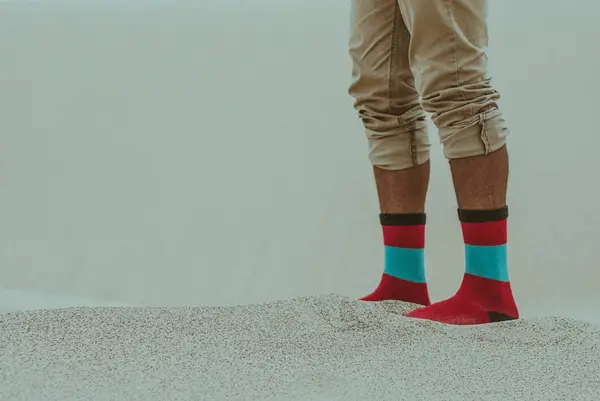How to Choose the Best Running Track Material
If you’re in the process of constructing a track and field stadium, you need to choose the best running track material. With many options available to you, making the wrong choice could end up being a costly mistake.
This guide will cover three of the best running track material options on the market. We’ll go over what kind of track you can build with each. Decide for yourself which is best for your facility.
Keep reading because we’ve got you covered.
Consider the Durability
The durability of the running track material is one of the most important factors to consider. The material should be able to withstand heavy usage, extreme weather conditions, and other factors that may affect its lifespan.
You should look for materials that are resistant to fading, cracking, and other types of damage.
Factor in the Safety
Safety should always be a top priority when choosing running track material. The material should provide good traction and shock absorption to prevent injuries.
You should also consider the material’s slip resistance. This can affect the runners’ footing, especially during rainy weather.
Maintenance Requirements
Some materials require more maintenance than others. You should choose a material that is easy to clean and maintain.
You should also consider the cost of maintenance, as some materials may require more expensive maintenance procedures. Consider having a track protector to keep the track in the best condition.
Consider the Budget for Running Track Material
Different materials come at different costs, and you should choose a material that is within your budget. However, you should also keep in mind that the cheapest option may not always be the best in terms of performance and durability.
Consider the Different Types of Materials
Asphalt is one of the most common materials used in constructing outdoor running tracks. It is durable and provides good shock absorption, making it a safe option for runners. However, asphalt can be expensive to install and requires regular maintenance to prevent cracking and fading.
Polyurethane is a synthetic material that is becoming increasingly popular for running track installation. It is durable, slip-resistant, and provides good shock absorption.
It is also easy to clean and maintain, making it a cost-effective option in the long run. However, polyurethane can be expensive to install, making it a less popular option for school running tracks.
Rubber is another popular material for running tracks, and it is commonly used for indoor tracks. It is durable, slip-resistant, and provides excellent shock absorption, making it a safe option for runners.
Rubber is also easy to maintain, making it a popular option for school running tracks. However, rubber can be expensive to install, and it can fade over time due to exposure to sunlight.
Choose the Best Running Track Material
Choose the best running track materials! It is crucial to the performance, durability, and safety of the track.
Factors to consider when choosing running track materials include durability, safety, maintenance, and budget. Ultimately, the choice of material will depend on your specific needs and preferences. You can also consult a professional to help you make the right decision.
Visit our blog for more helpful tips and guides.






